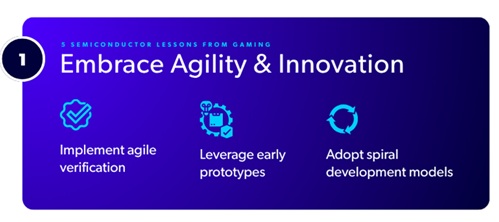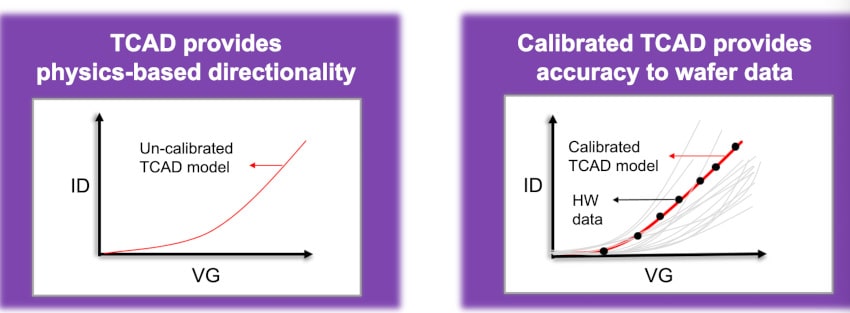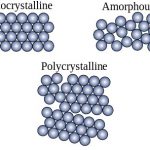When you hear the term Internet of Things the first image that comes to mind is, well, a lot of things talking over TCP/IP, maybe using WiFi or god forbid Ethernet. But upon closer examination it seems that Bluetooth is crashing the IoT party. This was driven home for me when my girlfriend gave me a FitBit Flex. For those unfamiliar, … Read More
 5 Lessons the Semiconductor Industry Can Learn from GamingBy Kamal Khan The semiconductor world has always…Read More
5 Lessons the Semiconductor Industry Can Learn from GamingBy Kamal Khan The semiconductor world has always…Read More A Compelling Differentiator in OEM Product DesignJennifer, an OEM hardware designer, is planning a…Read More
A Compelling Differentiator in OEM Product DesignJennifer, an OEM hardware designer, is planning a…Read More Pioneering Engineer Dr. Tsu-Jae King Liu to Receive Semiconductor Industry's Top HonorIn a landmark recognition of trailblazing innovation and…Read More
Pioneering Engineer Dr. Tsu-Jae King Liu to Receive Semiconductor Industry's Top HonorIn a landmark recognition of trailblazing innovation and…Read More PDF Solutions Charts a Course for the Future at Its User Conference and Analyst DayEvery major supplier has its user event. This…Read More
PDF Solutions Charts a Course for the Future at Its User Conference and Analyst DayEvery major supplier has its user event. This…Read MoreAmorphous Silicon and TFTs
Most ICs are fabricated with crystalline silicon (c-Si), which is a tetrahedral structure forming a well-ordered crystal lattice. There’s another form of semiconductor material called amorphous silicon (a-Si) which has no long-range periodic order. It turns out that a-Si is a great material for the active layer in thin-film… Read More
What does the Ford Mustang and Intel’s Gordon Moore Have in Common with Local Motors?
1964 Vision, Volume and Moore’s Law
The 1964 New York World’s Fair saw Lee Iacocca, then a young 40 year old General Manager, introduce a car that inspired “total performance” and was for a “young America out to have a good time.” This young America would become the baby boomer generation. The Mustang was revolutionary in its affordability,… Read More
Lucio and the Kaufman Award
Tuesday was the Kaufman award dinner. This year it was awarded to Lucio Lanza. Last week I wrote about how Lucio ended up in EDA, although that was not where he finished up. He is currently a venture capitalist running Lanza Technology Ventures, one of the few VCs to make any investments in the EDA/IP/semiconductor space. Also, unlike… Read More
Semiconductor Safety
Semiconductors and automotive are now like peanut butter and jelly. Certainly you can have one without the other but why would you? I remember when a car first talked to me telling me that the door was ajar. It sounded more like, “the door is a jar” but I got the point. Now my car tells me just about everything including what is wrong with… Read More
Daylight Savings Time and the IoT
On Sunday in the USA we changed our clocks back one hour to account for Daylight Savings Time and I was reminded of how far we have to go in getting all of our devices to understand and automatically account for the time. Despite all of the talk about IoT and how it has the promise to automate our lives, we still have to manually set the time.… Read More
MQTT not IoT “god protocol”, but getting closer
One protocol, and its descendants, drove the success of the World Wide Web. IP, or Internet Protocol, is the basis of every browser connection and the backbone of IT data centers. Some assumed that the Internet of Things would follow suit,… Read More
Samsung 14nm is the one delayed!
As you may have read, the CEO of Ultratech made some unfortunate statements on the recent quarterly conference call in regards to FinFET Yield. As a result there has been a lot of speculation about the who, what, and why. I blogged about it because it interested me personally plus I wanted to collect more data on the subject. Some of … Read More
FD-SOI, an Opportunity for China?
Last month in Shanghai was a meeting of the FD-SOI consortium. The focus of the meeting was largely on the suitability of using FD-SOI to serve the Chinese market. The fabs in China are not right on the bleeding edge and are very cost-sensitive so 28nm is probably as advanced as they will get for a long time if not indefinitely. China … Read More
In-Design DFM Signoff for 14nm FinFET Designs
While FinFET yield controversy is going on, I see a lot being done to improve that yield by various means. One prime trend today, it must be, it’s worthwhile, is to pull up various signoffs as early as possible during the design cycle. And DFM signoff is a must with respect to yield of fabrication. This reminds me about my patents filed… Read More






AI RTL Generation versus AI RTL Verification